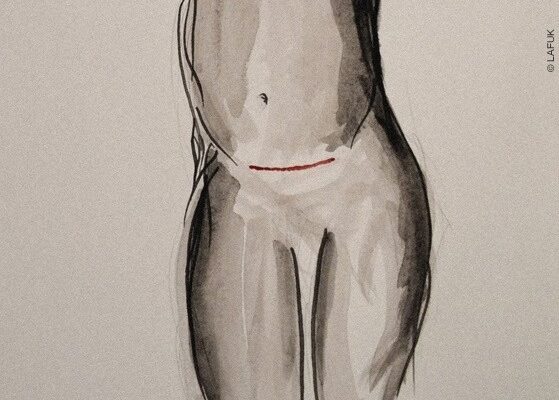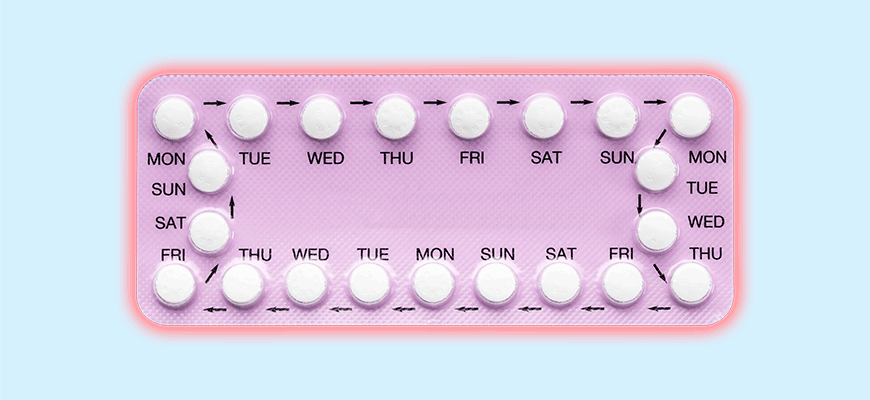What is a C-section?
A Cesarean section (C-section) is a surgical procedure to deliver a baby through an incision in the abdomen through the uterus. C-sections can be a life-saving alternative to vaginal deliveries for mothers experiencing certain medical conditions or complications. Often, the need for a first-time C-section cannot be predicted until the mother actually goes into labor.
A brief history of C-sections
C-sections weren’t always a readily available procedure. Before the advancement of anesthesia and antisepsis, C-sections were considered a last resort. The concept of cutting into the abdomen of a mother to deliver a baby is not something that just emerged with modern medicine. C-sections had been crudely performed for centuries and it may even be considered the first surgical procedure in human history. The ancient Romans were the first to develop and document C-sections as a medical procedure. Contrary to popular belief, the procedure was not actually named after the emperor Julius Caesar who was reportedly delivered via a C-section. The term “caesarean” is actually derived from the latin word caesus meaning “to cut.”
Until relatively recently in human history, a C-section was usually not even considered until the mother was close to dying or already dead. The Romans actually had a written law called the Lex Caesaria that required the baby to be removed from the womb if the mother died during childbirth. In short, C-sections were not a procedure that a mother was expected to survive. If the baby made it out of the womb alive, they usually suffered severe and sometimes fatal complications.
With medical innovations and the legitimation of surgery as a field of practice in the 19th and 20th centuries, the C-section became a life-saving procedure rather than a life-ending one. Further, there has been a major shift from the home to the hospital as the place of birth over the past century, making C-sections readily available to most. An estimated 98.4% of babies in the United States are born in hospitals, making them the most common place of birth in the United States. Now C-sections can be safely used to proactively improve health outcomes for mothers and babies at the first sign of complications.
Why are C-sections performed instead of vaginal deliveries?
C-sections are one of the most commonly performed surgeries globally for a variety of reasons. Major improvements in the execution of this procedure have drastically lowered preventable causes of maternal mortality and infant mortality.
- Stalled labor: The cervix does not open enough for a successful deliver despite hours of strong contractions
- The baby is in distress: The baby is not receiving adequate blood flow or oxygen during labor. This condition may even result in an early delivery if this occurs during the pregnancy.
- The baby is in an abnormal position: Babies in the uterus are normally positioned head-down with the chin tucked to the chest. During delivery, they enter the birth canal head first. If the baby’s feet or buttocks enter the birth canal first or if the baby is positioned sideways, a C-section is a safer approach to delivery.
- Multiple babies are being delivered: When there is more than one baby in the womb, they may end up in an abnormal position.
- Placenta previa: The placenta covers the opening of the cervix
- Prolapsed umbilical cord: Part of the umbilical cord slips through the cervix ahead of the baby
- Mechanical obstruction: If the birth canal is obstructed it is difficult to deliver a baby in a healthy condition. Some examples are fibroids, pelvic fractures, or an enlarged head of the baby.
- Pre-existing health conditions: C-sections are often recommended for mothers with severe heart or brain conditions. Mothers with an active gential herpes infection at the time of labor are also recommended C-sections.
- Previous C-sections: A vaginal birth after cesarean (VBAC) is possible depending on the type of uterine incision used in the previous C-section and other underlying factors. Healthcare providers sometimes recommend a repeat C-section for mothers that don’t meet the criteria.
Why do mothers choose C-sections as an elective surgery?
The global C-section rate has drastically increased in less than a generation. In 2000 C-sections accounted for 12% of all births; in 2015 this rate rose to 21%. In the United States, 1 in 3 babies are delivered via C-section. However, there’s much more to these statistics than mothers just wanting to avoid delivering a baby vaginally. In reality, only 3% of women elect to have the procedure because they are afraid of vaginal birth.
What’s really going on?
The reason for the drastic rise in C-sections is actually perpetuated by healthcare providers. Patients trust their maternity care providers even though they may not have received a thorough explanation of risks and possible alternatives. According to the national Listening to Mothers survey, women may go through with recommended treatments even if they have little awareness of the extent to which their care and health outcomes are affected by practice variation, side effects, and other nonmedical factors. Thus, it is the providers making the recommendations that contribute most to this growing C-section epidemic.
Health insurance companies put a lot of pressure on healthcare providers to work as “efficiently” as possible. Unfortunately, this leads to the practice of quantity over quality. The more patients the providers see and the more services they provide, the more money they make. C-sections are a much faster procedure to perform than vaginal deliveries, which makes C-sections especially convenient if the provider is paid the same amount for either procedure. There is even greater incentive for performing C-sections when hospitals are financially reimbursed more for cesarean birth rather than vaginal birth. Essentially, providers and hospitals are increasing their rates of C-sections for the sake of making profit.
Healthcare providers may also show a preference for C-sections for the sake of their personal lifestyles. Now more than ever, providers seek and even expect a greater work-life balance than what was possible before. This usually makes them less willing to attend births at night and on weekends and holidays. Planned C-sections, especially on weekdays, are a convenient way for them to maintain that balance sometimes at the expense of their patients. While C-sections offer many benefits to a patient, an unnecessary operation could be harmful.
What makes unnecessary C-sections so dangerous?
Just like all other surgeries, a C-section carries many risks.
-
- Infection: The lining of the uterus may become infected.
- Postpartum hemorrhage: Heavy bleeding during and after delivery.
- Reactions to anesthesia: Most C-sections are done under regional anesthesia, which numbs only the lower part of your body. In an emergency, general anesthesia may be used. Adverse effects are possible for any type of anesthesia.
- Blood clots: A blood clot may develop inside a deep vein. If the blood clot travels to the lungs and blocks blood flow, the damage can be life-threatening.
- Wound infection: The incision site may become infected.
- Unintended surgical injury: On rare occasions incisions may accidentally be made to surrounding organs.
The mother is often at a higher risk of developing severe complications in future pregnancies after a C-section than a vaginal delivery. With each subsequent C-section, there is a higher risk of the placenta becoming abnormally attached to the wall of the uterus or the opening of the cervix. For mothers that attempt a VBAC, there is also a higher risk of the uterus rupturing if there is a tear along the scar line from a previous C-section.
The baby is also at higher risk for chronic medical conditions and diseases
- Breathing problems, especially for babies in future pregnancies
- Childhood-onset diabetes
- Allergies with cold-like symptoms
- Asthma
If it is not medically necessary, there is no need to put a mother and a baby at risk for these complications as well as extended hospital stays and a longer recovery period.
How can expecting parents navigate birth options?
While it is important to build a trusting relationship with the maternal healthcare provider, mothers should be wary of their intentions. The provider may be recommending the procedure to address a health concern. Although the provider is already legally required to share the risks and benefits of the procedure, make sure to also ask about the risks and benefits of an alternative vaginal birth. Another possible indicator of the provider’s intentions can be seen in the C-section rate of the hospital. You can check https://www.cesareanrates.org/ and https://www.leapfroggroup.org/ for information about your state’s C-section rates and the rates of many hospitals.
Feature Image: https://lafuk.tumblr.com/





